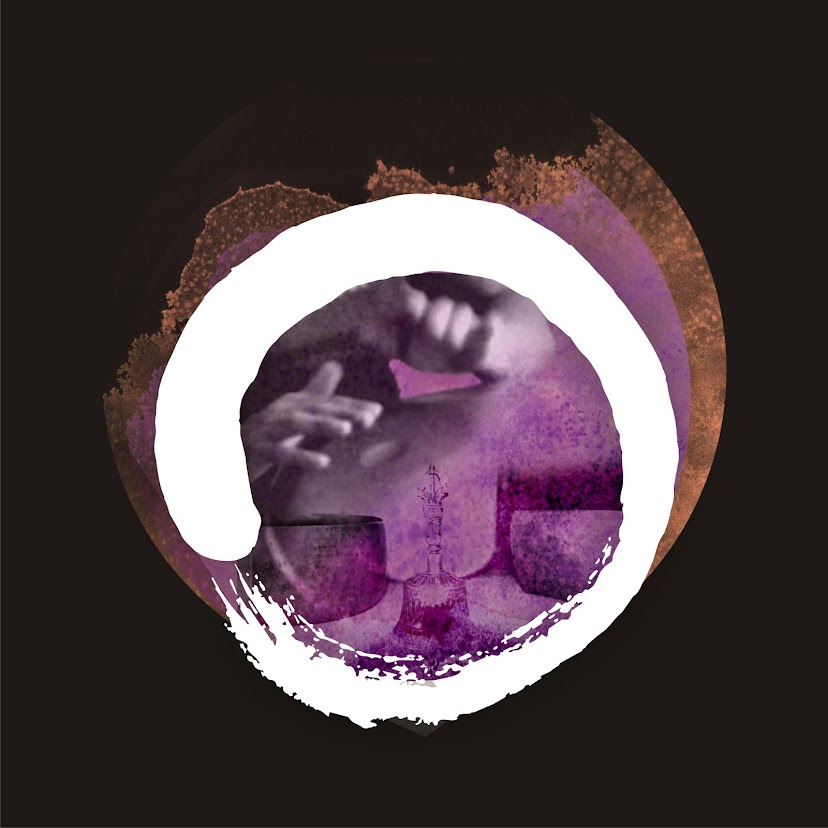El ego no es tu enemigo
A menudo, muchos caen en la idea de que el crecimiento espiritual o la paz interior, implica deshacerse de la mente controladora, pensante y agitada, o lo que más bien conocemos como “ego”. Sin embargo, el rechazo no es lo que nos ayuda a estar en paz o conectar con nuestra naturaleza profunda. Lo que realmente necesitamos es reconocerlo, aceptarlo e integrarlo, completamente.
El problema no es la mente, sino creer que somos la mente. Por eso, todo deseo, toda lucha por descartarla, eliminarla o cambiarla, supone una auténtica locura.
El ego es otra forma que tiene la vida de manifestarse. Una construcción mental, que adopta diferentes aspectos y surgen a través de la conciencia. No hay que conquistarlo, combartirlo, ni controlarlo, solo dejar de identificarnos con él. De aquí surge la paz y la liberación de todo sufrimiento. En un principio, suele ser difícil o confuso desligarnos de los pensamientos, pero la observación y la meditación lo hacen posible.
Contémplalo como algo que ocurre en tu experiencia, desde el amor, el aprendizaje y la compasión.
-Jose A. Manchado
-Jose A. Manchado
www.mundoarmonia.es
The ego is not your enemy
The ego is not your enemy
Often, many people believe that spiritual growth or inner peace involves getting rid of the controlling, thinking and agitated mind, or what is more commonly known as the "ego. However, rejection is not what helps us to be at peace or connect with our profound nature. What we really need is to completely recognise, accept and integrate it.
The problem is not the mind, but believing that we are the mind. That's why every desire, every struggle to discard it, eliminate it or change it, is a complete insanity.
The ego is another form of life to manifest. A mental construction, which adopts different aspects and arise through the consciousness. There is no need to conquer it, to fight it, nor to control it, we just have to stop identifying with it. This is when peace and liberation from all suffering come up. At first, it is often difficult or confusing to detach ourselves from our thoughts, but observation and meditation make it possible. Therefore, the purpose is to experience it without attachment and without rejection.
Contemplate it as a part of our experience, through love, learning and compassion.
*Translated by Fotini Gantzoras
-Jose A. Manchado
www.mundoarmonia.nl















